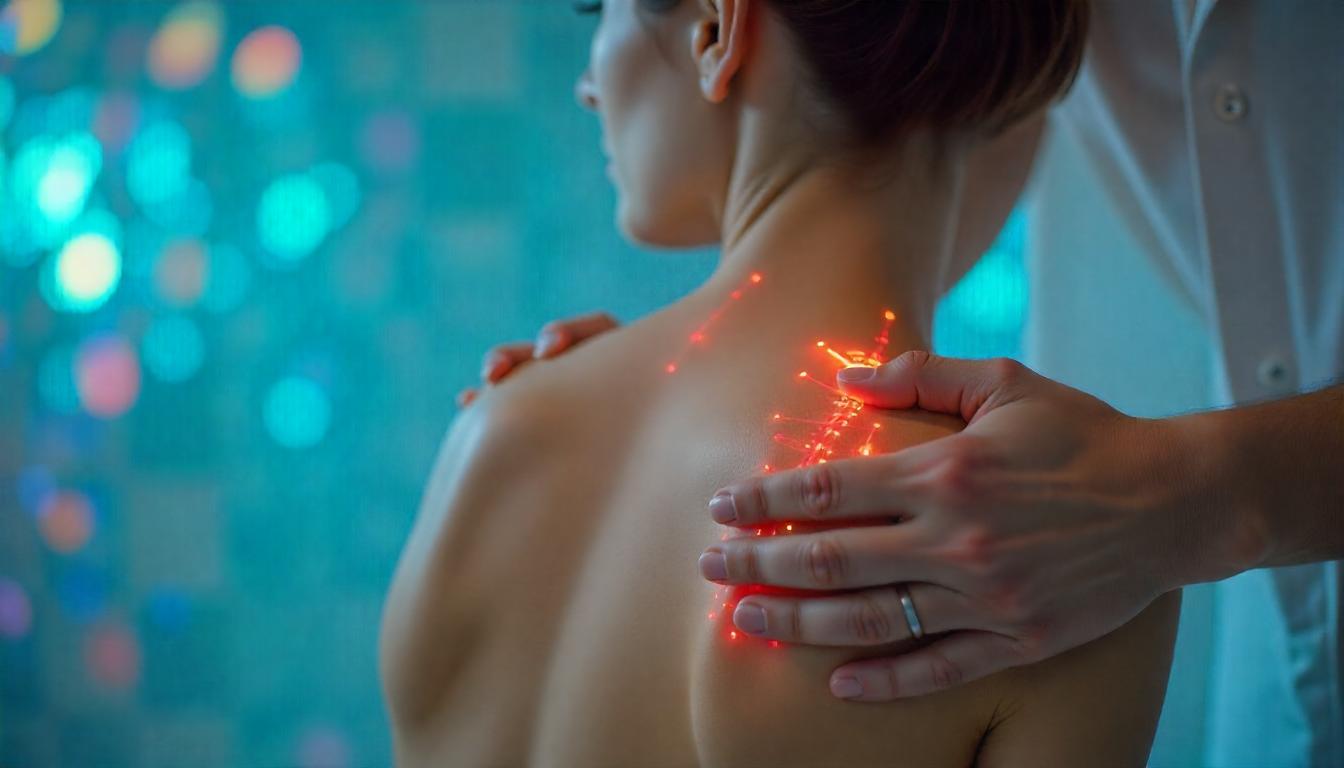In a world where we constantly search for ways to detox and recharge, the lymphatic system is often overlooked. Yet it plays a vital role in maintaining a strong immune system, removing toxins, and keeping inflammation under control. Unlike the circulatory system, which has the heart to pump blood, the lymphatic system depends on body movement and manual stimulation to function effectively. This is where lymphatic drainage self-massage comes in—a gentle, effective technique that helps your body cleanse itself, naturally.
If you’ve ever experienced bloating, fatigue, puffiness in your face, or unexplained aches, these could be signs that your lymphatic system needs support. This blog walks you through a safe and effective daily lymphatic self-massage routine you can start using today.
What Is the Lymphatic System and Why Does It Matter?
The lymphatic system is a complex network of vessels, nodes, and fluids that work together to clear waste and toxins from the body. It also transports white blood cells that fight infection. When the lymphatic system becomes sluggish—due to inactivity, illness, stress, or poor diet—waste can accumulate, leading to swelling, fatigue, and a weakened immune response.
Unlike blood, lymph doesn’t circulate on its own. It needs stimulation—through movement, deep breathing, or manual massage—to flow. This is where lymphatic drainage massage comes in. This technique uses light pressure and rhythmic strokes to encourage lymph fluid movement toward the lymph nodes, where it can be filtered and processed.
Top Benefits of Lymphatic Drainage Self-Massage
1. Boosts Immune Function
By stimulating lymph flow, this massage helps your body remove bacteria and viruses more efficiently, reducing the frequency of infections.
2. Reduces Swelling and Water Retention
Lymphatic massage is especially helpful for those experiencing puffiness in the face or limbs due to fluid buildup.
3. Improves Skin Health
With improved circulation and toxin removal, many people notice clearer skin, fewer breakouts, and reduced under-eye bags.
4. Enhances Energy and Mood
A sluggish lymph system can leave you feeling heavy and tired. This massage can help restore vitality and mental clarity.
5. Supports Post-Surgery and Injury Recovery
Many therapists recommend lymphatic massage to reduce swelling and bruising after surgery or injury.
When Should You Practice Lymphatic Self-Massage?
While you can do this massage anytime, the best results come when it’s done:
- First thing in the morning (to reduce puffiness)
- After a long period of sitting or inactivity
- Post-workout (to assist recovery)
- During PMS or hormonal bloating
- Before bedtime (to promote relaxation and deep sleep)
Daily Lymphatic Self-Massage: Step-by-Step Routine
Here’s a simple, safe, and effective routine you can do in 5–10 minutes. Always begin with clean hands and dry skin or use a light body oil.
1. Start at the Neck (Always Clear the Exit Points First)
- Use light, upward strokes.
- Gently massage just above your collarbones, moving from the center outward.
- Repeat 10 times on each side.
2. Move to the Jaw and Face
- Using fingertips, sweep along the jawline toward the ears.
- Gently glide fingers from the nose across the cheeks to the ears.
- Lightly tap around the eye area to reduce puffiness.
3. Address the Underarms and Arms
- Raise one arm and use gentle circular motions to massage the armpit area.
- Stroke from the hand up toward the armpit on each arm.
4. Chest and Upper Torso
- Use soft, circular motions moving outward from the sternum toward the armpits.
- Avoid pressing hard—this should feel soothing, not deep.
5. Abdomen and Groin
- With flat hands, make clockwise circles around the belly button to stimulate lymph in the gut.
- Glide your hands from your hips toward the center of the body and then upward.
6. Legs and Feet
- Start at the feet and gently move upward toward the groin, always directing strokes toward the center of the body.
- Focus behind the knees and inner thighs where lymph nodes are located.
Common Questions About Lymphatic Massage
Q: Can anyone do lymphatic drainage self-massage?
Yes, it’s generally safe for most people. However, if you have heart disease, kidney problems, or active infections, consult a healthcare provider first.
Q: How much pressure should I use?
Very light. The lymphatic system lies just beneath the skin, so soft, feather-like strokes are most effective.
Q: How often should I do it?
You can do this daily or 3–5 times a week for maintenance. Increase frequency if you’re experiencing bloating, swelling, or fatigue.
Q: Do I need a tool or oil?
No tools are required, though a gentle body oil can help your fingers glide. Some people enjoy using a gua sha or dry brush, but hands work perfectly fine.
Table: Lymphatic Massage vs Other Detox Methods
| Detox Method | Cost | Equipment Needed | Science-Backed | Daily Usability | Skin Benefits |
|---|---|---|---|---|---|
| Lymphatic Self-Massage | Free | None (optional oil) | Yes | High | Yes |
| Juice Cleanse | Moderate–High | Juicer or store-bought | Mixed | Low | No |
| Sauna | High | Access required | Yes | Low | Yes |
| Detox Teas | Low | Purchase required | Limited | Medium | Unclear |
| Dry Brushing | Low | Brush | Moderate | High | Yes |
Your Body’s Natural Cleanser Is in Your Hands
You don’t need expensive spa visits or harsh detox diets to feel better. Sometimes, your own hands and a few minutes of gentle care can make all the difference. Lymphatic self-massage offers a practical, natural, and nurturing way to reset your body, reduce puffiness, and support immune function—right from home.
Making this part of your daily routine can lead to visible and invisible results: a clearer mind, better digestion, and healthier-looking skin. The best part? It’s easy, gentle, and entirely in your control.
Thinking about trying intermittent fasting for weight loss? Learn the science behind it, its potential benefits, and the common pitfalls to avoid.

